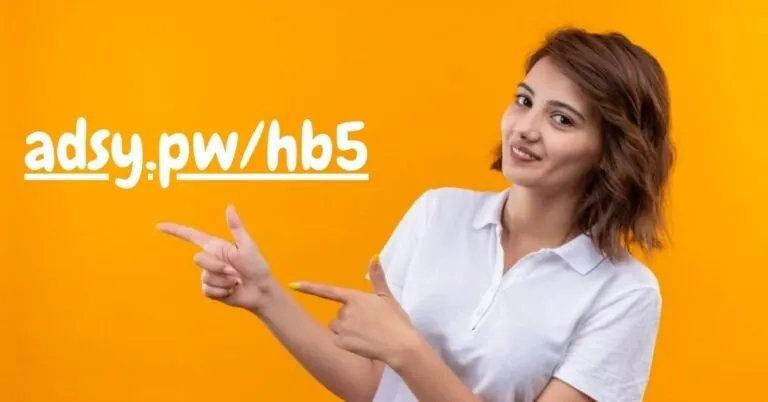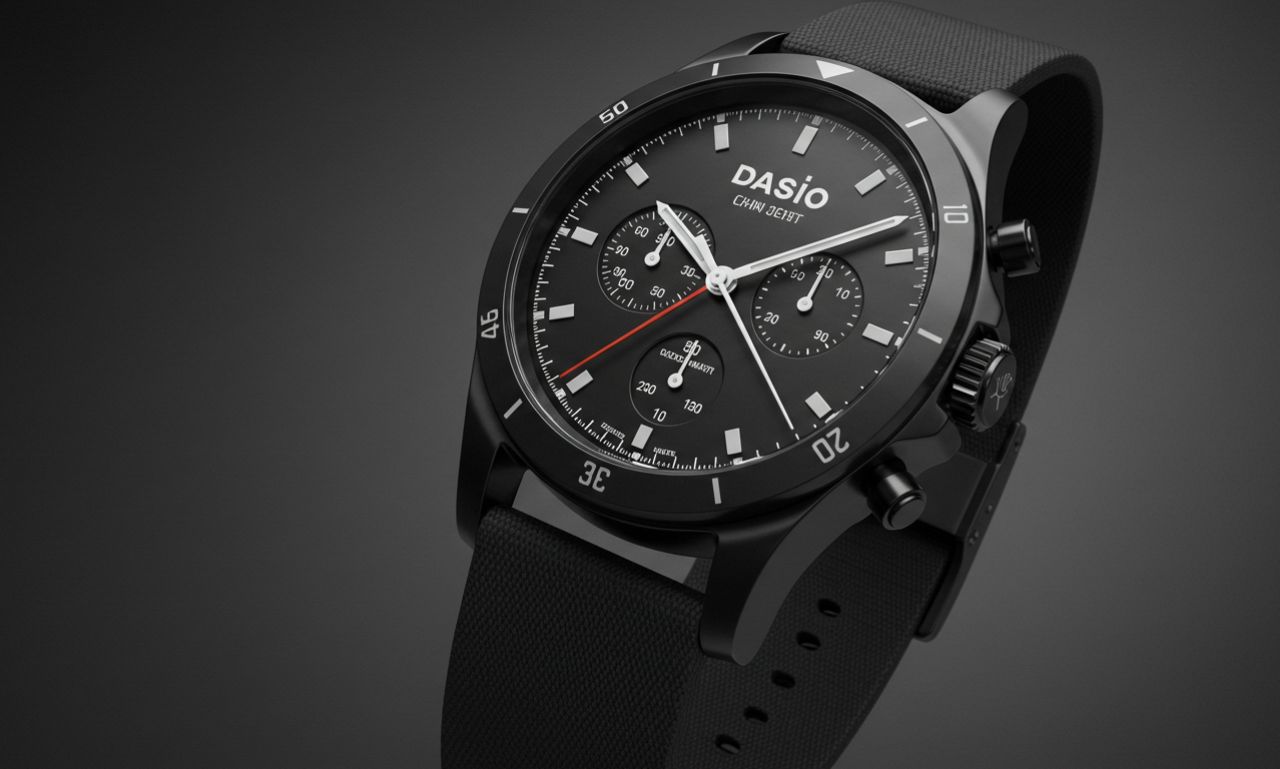
Understanding Nahttypen: A Complete Guide to Seam Types
In the world of sewing, tailoring, and garment construction, the term nahttypen refers to the different types of seams used to join fabrics together. Every piece of clothing, accessory, or textile product relies on seams, but not all seams are created equal. Depending on the fabric, purpose, and desired look, different nahttypen can completely change the durability, comfort, and style of the final product.
This article explores nahttypen in detail: what they are, why they matter, the different categories, and practical examples. Whether you are a beginner learning how to sew, a fashion student, or simply curious about how clothes are made, this guide will help you understand seams in a simple and structured way.
What Does “Nahttypen” Mean?
The German word “Nahttypen” directly translates to types of seams in English. A seam is the line where two pieces of fabric are stitched together. While it may sound simple, seams have a huge impact on the final garment:
- They hold the structure together.
- They add strength or stretch depending on the stitch type.
- They influence comfort (a rough seam may irritate skin).
- They contribute to the garment’s appearance and style.
Understanding different nahttypen is crucial in tailoring, fashion design, upholstery, and even technical textiles like uniforms and sportswear.
Why Are Seams Important in Sewing?
Seams do much more than just join fabric. They play several important roles:
- Durability – Strong seams prevent tearing and extend garment life.
- Flexibility – Some seams stretch with the fabric, making clothes more comfortable.
- Aesthetics – Decorative seams add design elements to a garment.
- Functionality – Certain seams prevent fraying or add waterproofing in outdoor gear.
Without the right nahttypen, clothes wouldn’t last long, wouldn’t fit properly, and wouldn’t look as good.
Categories of Nahttypen (Types of Seams)
There are many nahttypen, but they can generally be grouped into four main categories:
1. Plain Seams
The most common and basic seam. Two fabric pieces are placed right sides together and stitched. Variations include:
- Open seam – pressed apart for a flat look.
- Closed seam – pressed to one side.
Best for: lightweight to medium fabrics, everyday clothing.
2. Flat-Felled Seams
A strong, durable seam often seen in jeans. One fabric edge is folded and stitched down, enclosing raw edges.
Advantages:
- No fraying edges.
- Extremely strong.
- Neat inside and outside.
Best for: denim, sportswear, uniforms.
3. French Seams
A neat, enclosed seam that hides raw edges inside. Often used in delicate or sheer fabrics.
Advantages:
- Elegant and clean.
- Prevents fraying.
Best for: chiffon, silk, organza.
4. Decorative Seams
Not just functional, but also stylish. These seams may include topstitching, piping, or embroidery.
Best for: visible details in fashion, home décor, or accessories.
Choosing the Right Nahttypen
Selecting the correct seam type depends on several factors:
- Fabric type – Stretchy, sheer, or thick fabrics require different seams.
- Garment purpose – Sportswear needs durability, evening wear needs elegance.
- Style preference – Some seams are hidden, while others are meant to stand out.
- Skill level – Beginners may start with simple seams before mastering advanced ones.
Common Mistakes When Sewing Seams
Even experienced sewers can make mistakes with nahttypen. Some frequent issues include:
Advanced Nahttypen in Technical Sewing
Beyond fashion, seams play an essential role in specialized industries:
- Waterproof seams – used in outdoor jackets and tents.
- Stretch seams – found in activewear and swimwear.
- Reinforced seams – for heavy-duty uniforms and workwear.
These advanced nahttypen show how important seam choice can be, not only for aesthetics but also for safety and performance.
Step-by-Step: How to Practice Different Nahttypen
If you’re learning to sew, try these exercises:
- Start with plain seams on cotton fabric.
- Experiment with French seams on sheer fabrics.
- Try flat-felled seams on denim.
- Add decorative topstitching for practice.
Each exercise helps you understand not just how to sew the seam but also why it works best for that fabric.
Conclusion
The concept of nahttypen—different types of seams—might seem technical at first, but it’s the foundation of sewing and garment construction. Seams hold fabrics together, shape garments, and add design details. From plain seams to decorative stitches, choosing the right seam type transforms a piece of fabric into a lasting, functional, and stylish garment.
Whether you are a beginner or an advanced sewer, mastering different nahttypen will improve your skills and help you create clothing and textiles that are both durable and beautiful.



